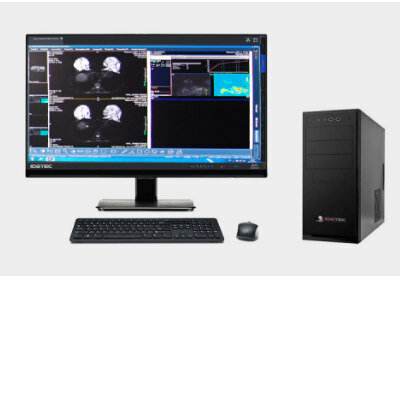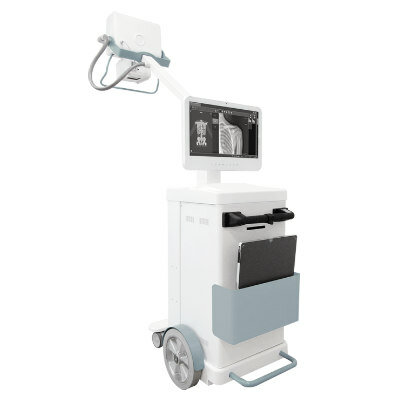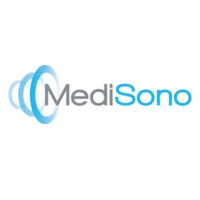Children MR Scanned Without Sedation
By MedImaging International staff writers
Posted on 27 Nov 2012
Clinicians have demonstrated for the first time that it is possible to scan children’s heads in a magnetic resonance imaging (MRI) scanner without medical sedation or general anesthesia. Posted on 27 Nov 2012
In many instances, it was enough to prep children for the scanning process to eliminate their fear of the tube. Moreover, the findings were evident: of the 2,461 image sequences recorded with 326 patients, the participating radiologists categorized 97% as “diagnostically relevant.”
Associate Professor Dr. Christoph M. Heyer, from BG Bergmannsheil University Hospital (Bochum, Germany), has been able to demonstrate for the first time the advantages of the BLADE sequences for the comprehensive study of children in the MRI scanner.
MRI as a radiation-free modality today has a vital role within pediatric diagnostic radiology imaging. The method is essential in visualizing the central nervous system of children. Even though the benefits of MRI over other testing modalities are sufficiently well known, many institutions and practices do not want to use it with young children. On the one hand, they assume that the children will not keep still enough to achieve satisfactory image quality for diagnosis. In contrast, they avoid the work and costs involved when they need to anesthetize or sedate the children to achieve an unhindered workflow. For this, the young patients have to be admitted to the imaging room with a parent. They also have to have a peripheral venous indwelling cannula inserted and be administered sedatives or anesthetics.
Assistant Professor Dr. Heyer and colleagues have revealed that there is another approach. They studied 326 patients with an average age of 7.2 years in the Pediatric Radiology Outpatient Clinic at the department of diagnostic radiology, interventional radiology, and Nuclear medicine at the Bergmannsheil University Hospital without sedation or general anesthesia. All the children were earlier prepared for the MRI in an age-appropriate way, given enough time to visit the Moreover, the Bochum clinicians recorded MRI sequences using the BLADE (meaning, periodically rotated overlapping parallel lines with enhanced reconstruction [PROPELLER] technique to exclude “blurring) as far as possible.
With this approach, the clinicians accomplished examining 41% of the three year olds, 91% of the four year olds, and 98% of patients over the age of five without sedation. The total 2,461 image sequences acquired were assessed by two radiologists, and in a total of 97% of cases declared to be diagnostically usable. The Pediatric Radiology Outpatient Clinic at the BG University Hospital Bergmannsheil specializes in MRI and computed tomography (CT) scans of children and adolescents of all ages.
The study’s findings were published in the November 2012 issue of the journal RöFo--Fortschritte auf dem Gebiet der Röntgenstrahlen und der bildgebenden Verfahren.
Related Links:
BG Bergmannsheil University Hospital














